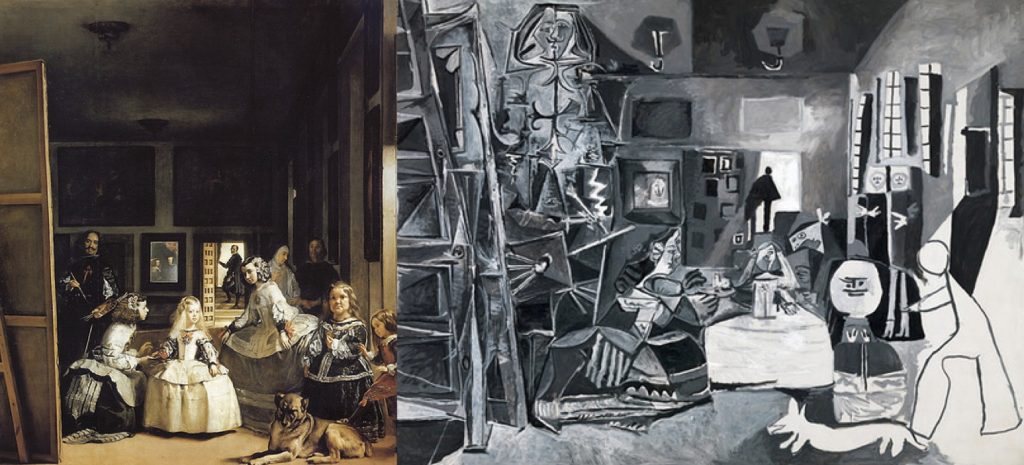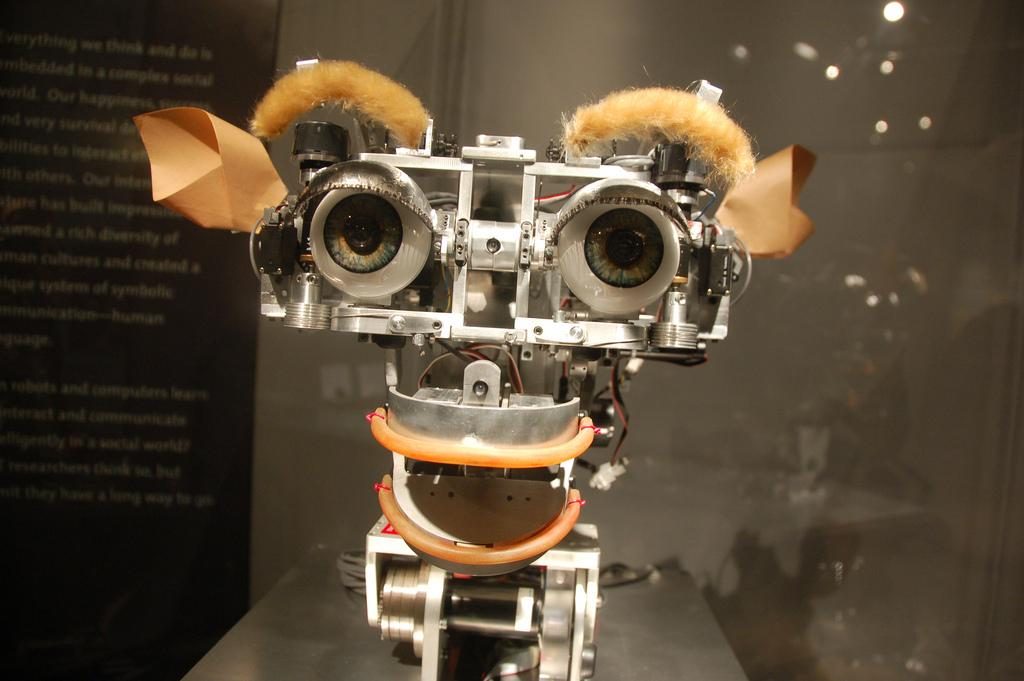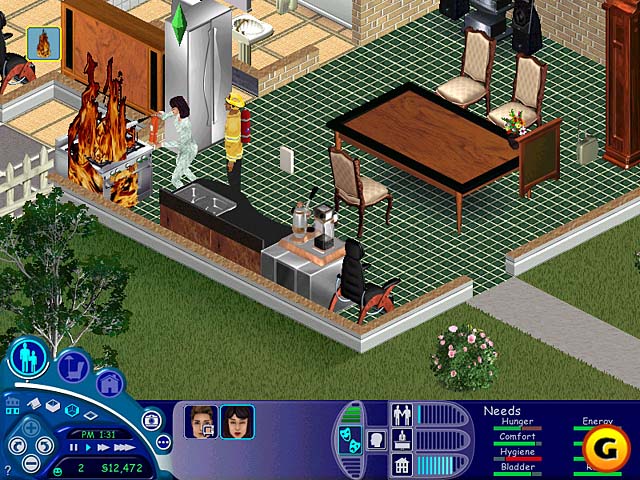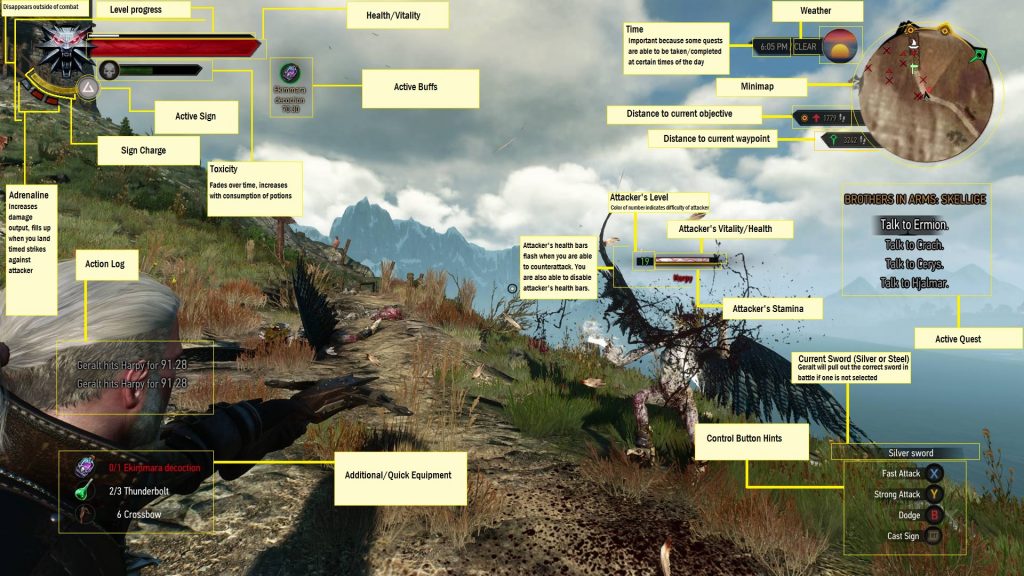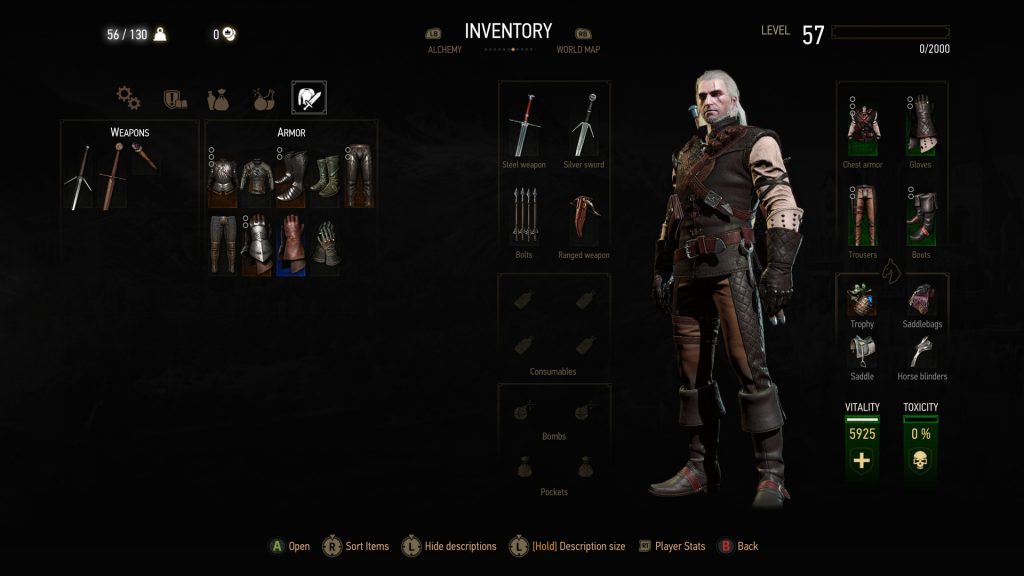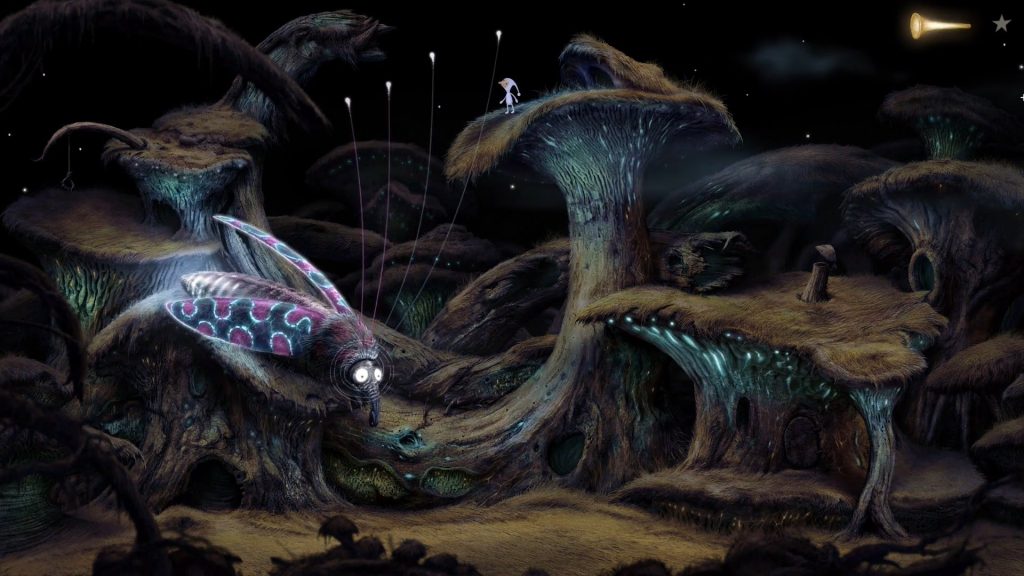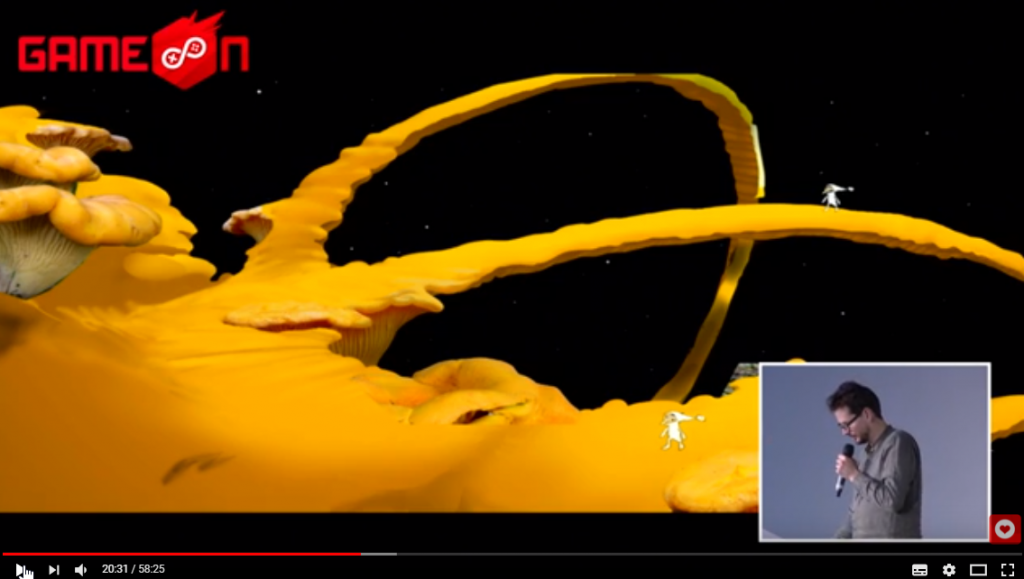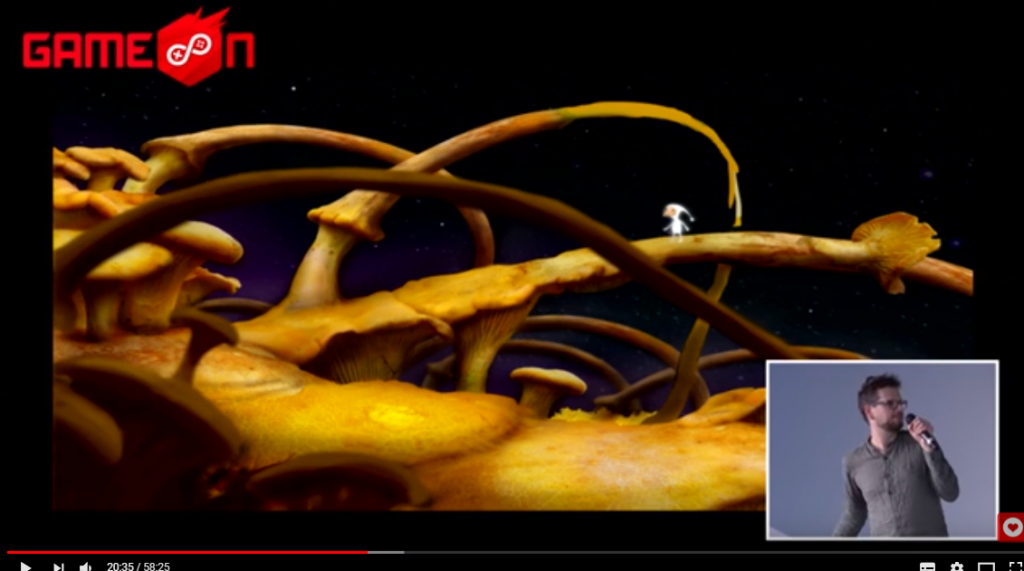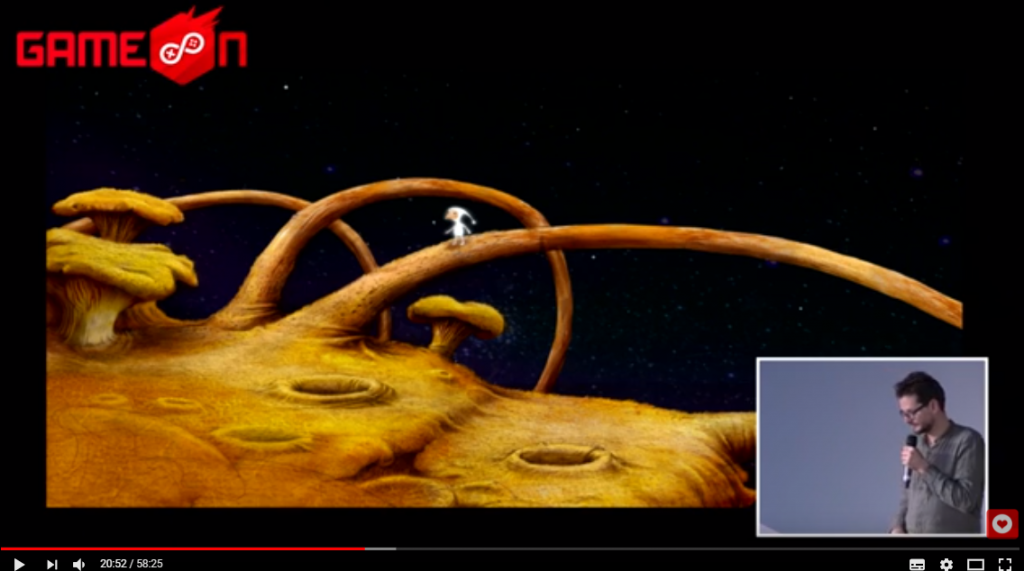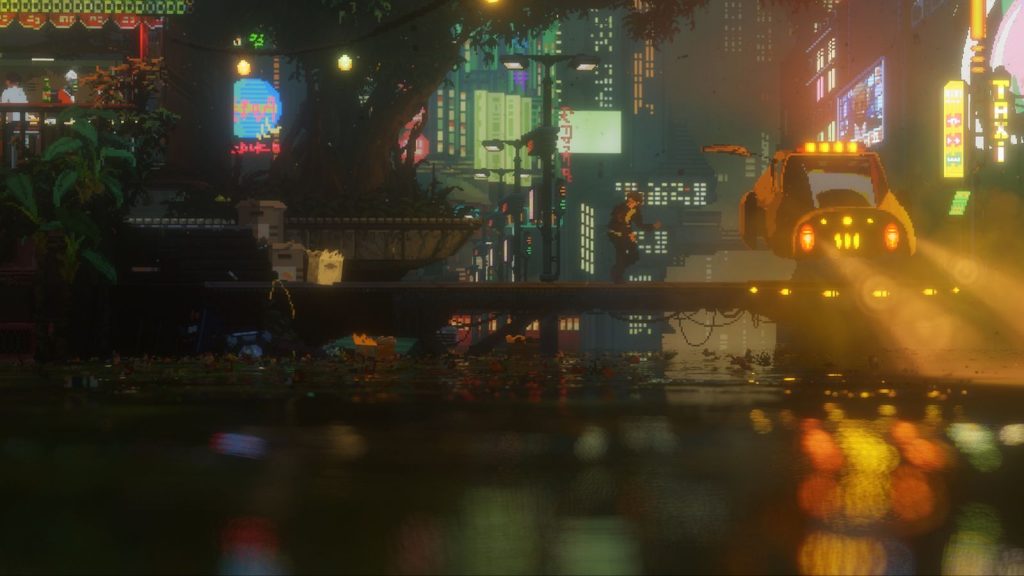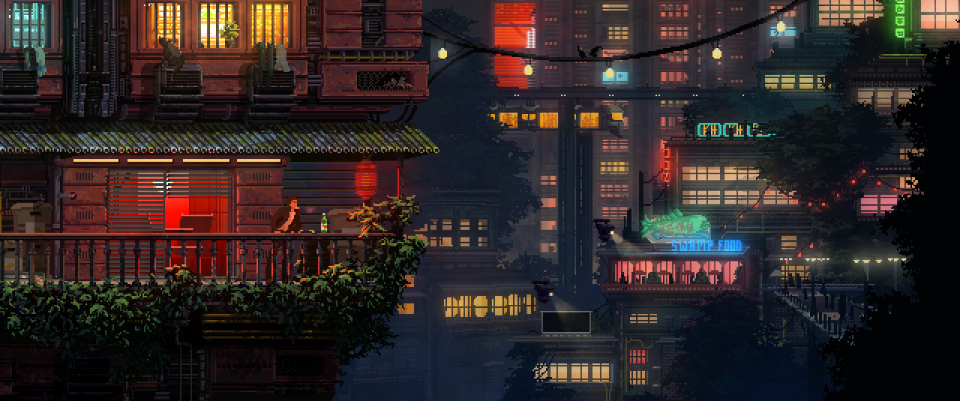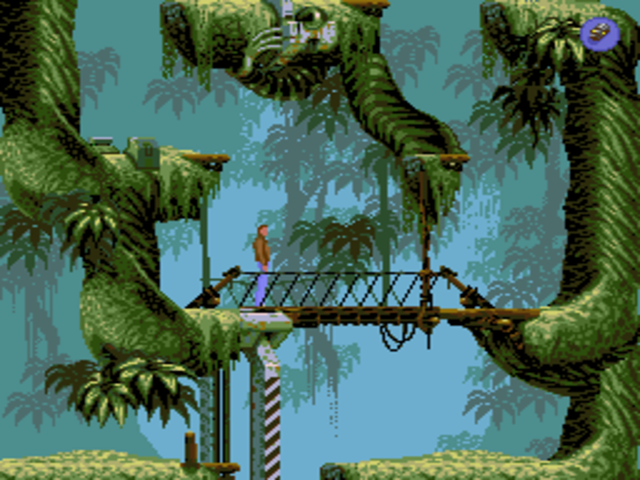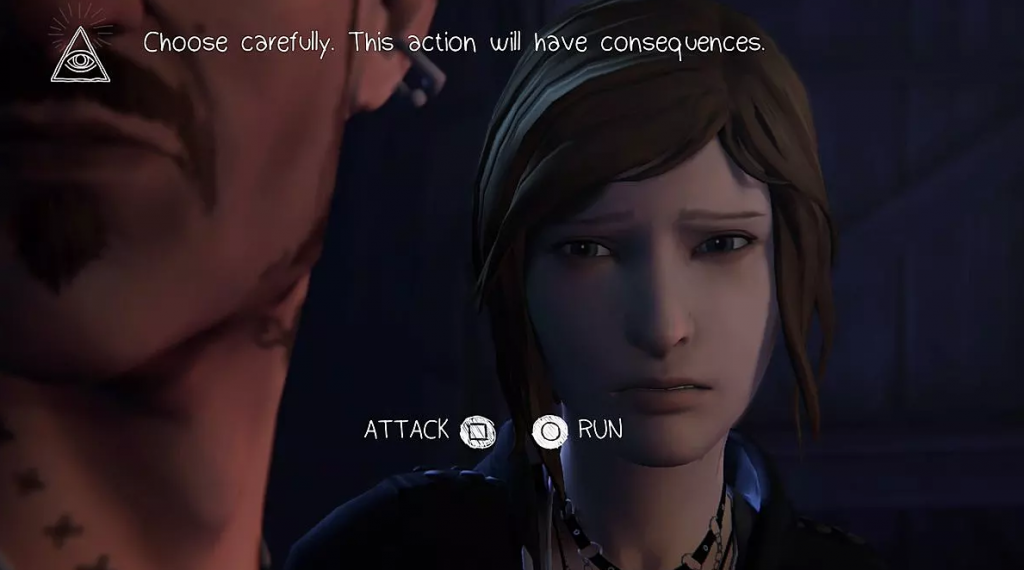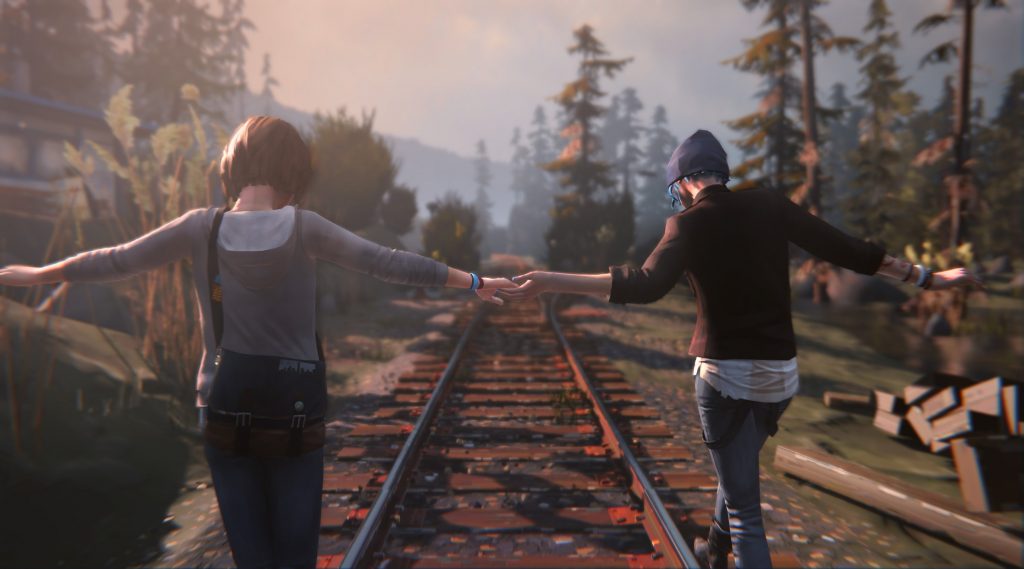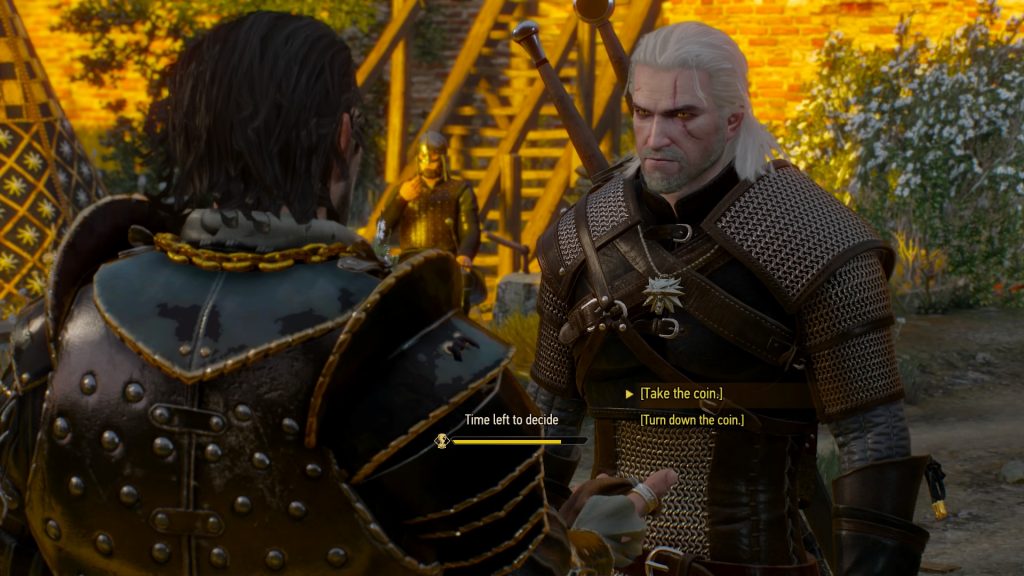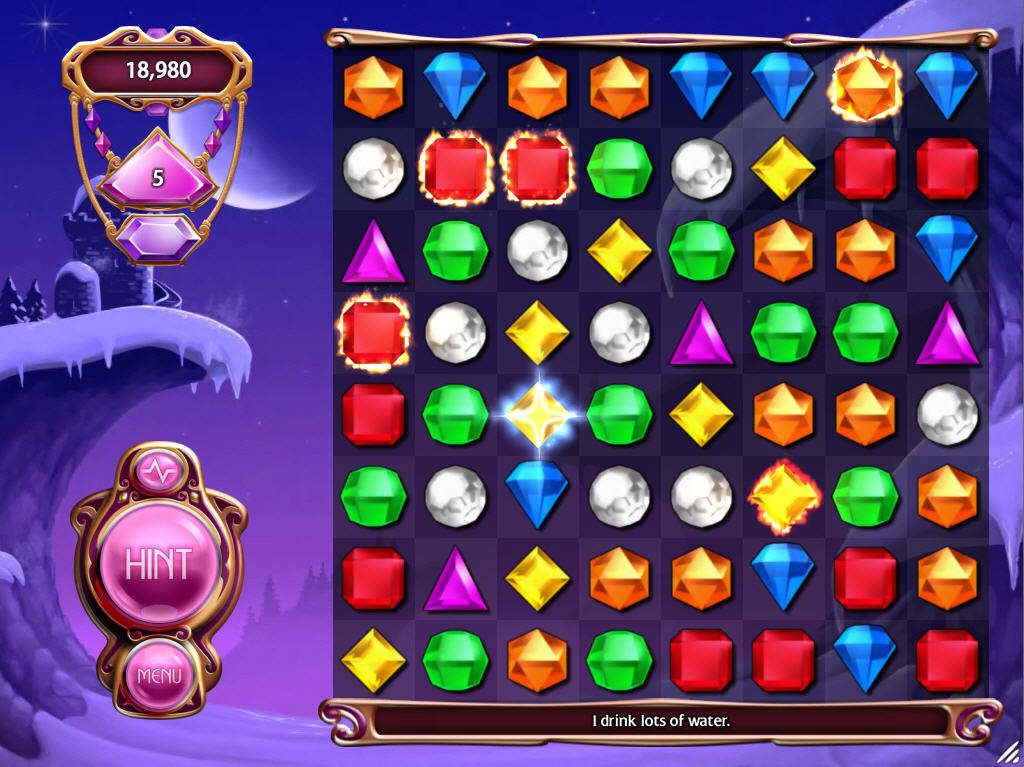What do you see as the positives and negatives around copyright?
It is difficult to decide whether copyright makes our life easier or more complicated. Technically without it people would have an access to the endless library of ideas, references and sounds so creating art would be easier than ever before. On the other hand would the terms “artist” or “creator” exist anymore?
Personally I think that the world without copyright would look much more interesting than now. Of course it does not define it as an unnecessary law. If there was no guarantee that artworks cannot be stolen we can only assume that artists would pay more attention to make their works more outstanding and individualistic to prevent being personised. Perspective of being defended restricts creators to choose the border constituted by the law as the final point in copying others.
The other reason why copyright limits us is no possibility to improve already existing ideas by people who do not owe them but could possibly make some positive corrections. On the other hand the worst thing that every creator can imagine is modification of their work into something they did not mean and copyright can effectively prevent it.
Important issue about copyright is also finances. It seems impossible to be a full-time artist in the world where such laws are not instituted. Although Thus Höffner made comparison of publishing data in XIX United Kingdom and Germany where copyright didn’t exist that days and it turned out that more books were published and read in Germany.
It is a tough question if there is more good or bad things about copyright because it raises as well economic, cultural and ethical questions. We will probably never know how contemporary art or inventions would look like without copyright as every attempt of removing this law would even destroy the market.
Is is possible to make anything new?
In the age of internet and globalization it may seems that we have already seen everything and nothing can surprise us anymore. Even if we come up with an astonishing brand new idea there is always something behind it.
In general people’s creations cannot be made from nothing because it is not the way how human imagination works. “We are able to create new things as the brain takes familiar pieces and assembles them in new ways, similar to how a collage is made from fragments of photos”. It means that there are thousands of neurons in human brain encoding various characteristic of objects we’ve already seen. We can combine them together in infinite amount of ways and that is how our ideas originate.
If every idea is just a mixture of things which existed before is it even possible to create something new? The answer for the question depends on what is the definition of something ”new” for us.
If we assume that “new” idea is based on the past experiences but links them in a completely unexpected way, it relates to a lot of creations then. It brings to mind a circle because every new invention stems from the previous one.
A good example of art based on the past can be found in Picasso’s painting. His version of Diego Velázquez’s painting “Las Meninas” is at the same time a copy of the famous masterpiece and something entirely new because cubism style applied in this work was not known before Picasso.
It shows that basing on the past is generally the only way of creating something which seems to be new. To be precise I would rather say “unexpected” because that is the shortest definition of something new.
references:
http://www.medicaldaily.com/how-imagination-works-human-brain-creative-thinking-allows-neurons-work-406628
https://www.gov.uk/topic/intellectual-property/copyrighthttps://www.quora.com/Why-is-copyright-good
http://www.bbc.co.uk/copyrightaware/what-is
https://theconversation.com/why-cash-and-copyright-are-bad-news-for-creativity-34696

